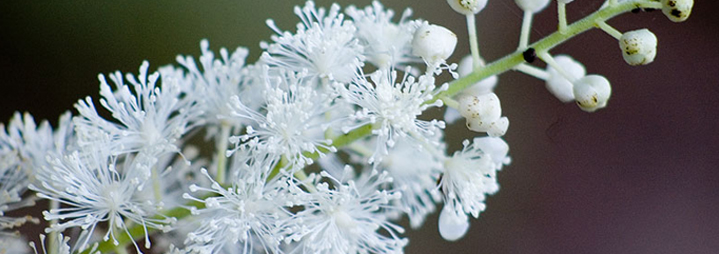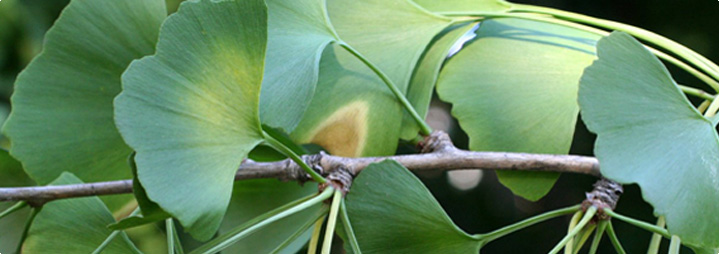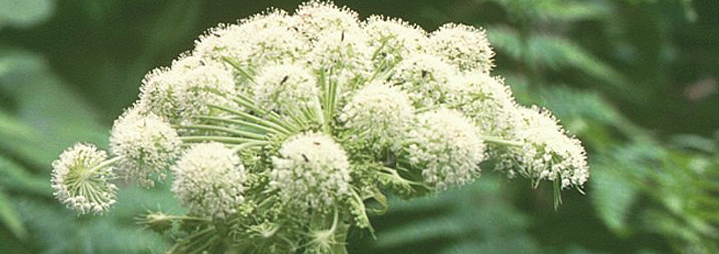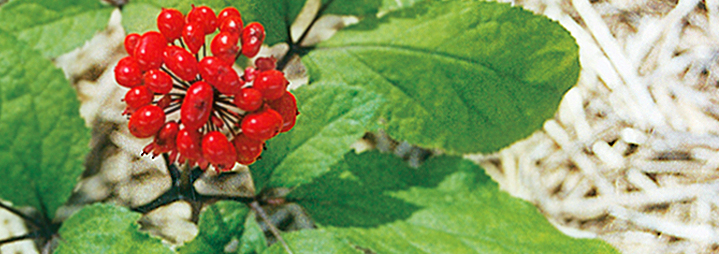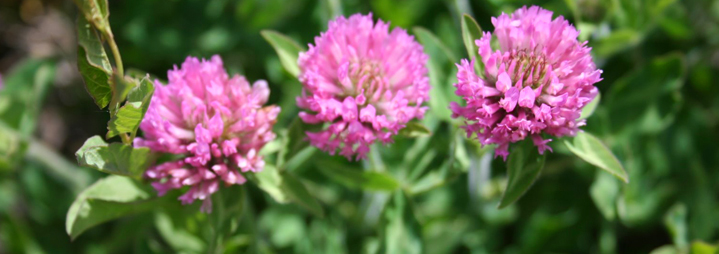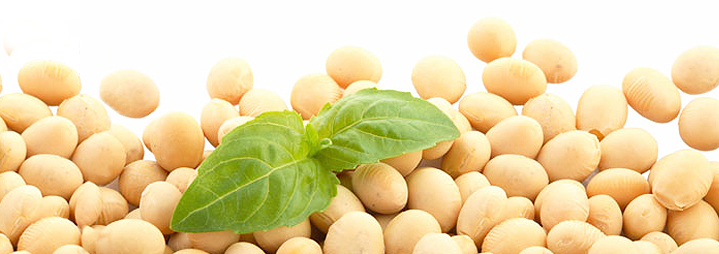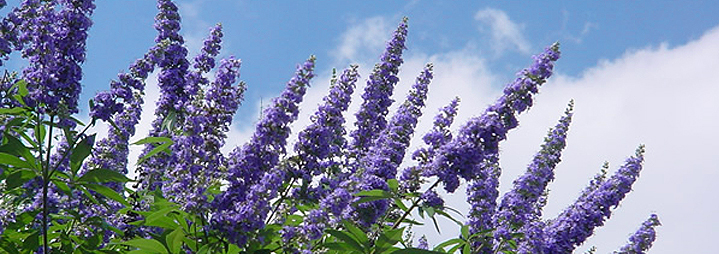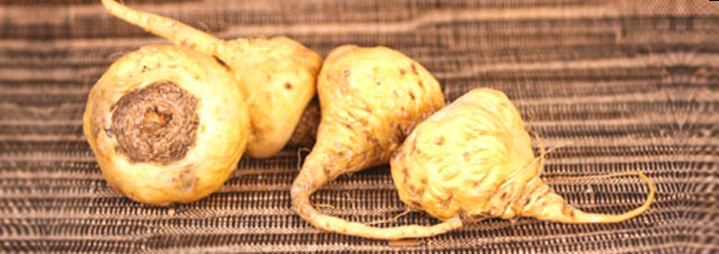Black Cohosh Versus Hormone Therapy: Which is Better?
Women suffering from menopausal symptoms may consider the use of herbal supplements such as black cohosh or hormone replacement therapy (HRT) to treat their symptoms. While both approaches have been successful for menopausal women, each comes with its own list of benefits and side effects. Which has the upper hand in treating menopause? Read on to find out.
The Mystery and Magic of Black Cohosh
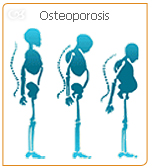 Black cohosh has been used for centuries by Native American tribes to relieve problems related to female sexual function and fertility. Until recently, scientists believed that black cohosh contained phytoestrogens, plant-based estrogens that mimic the effects of estrogen in the female body. While recent research has contradicted these claims, women continue to champion black cohosh as a treatment for menopausal symptoms like hot flashes, night sweats and osteoporosis.
Black cohosh has been used for centuries by Native American tribes to relieve problems related to female sexual function and fertility. Until recently, scientists believed that black cohosh contained phytoestrogens, plant-based estrogens that mimic the effects of estrogen in the female body. While recent research has contradicted these claims, women continue to champion black cohosh as a treatment for menopausal symptoms like hot flashes, night sweats and osteoporosis.
However, because little is known about this mystery herb, doctors recommend limiting its usage to six months. The possible interactions and long-term risks of black cohosh as a treatment for menopause have not been determined. Short-term side effects reported by women include:
� Abdominal pain
� Diarrhea
� Dizziness
� Headaches
� Joint pain
� Nausea
� Slow heart rate
� Tremors
Click here to read more about black cohosh or continue reading below to learn more about the benefits and side effects of HRT.
HRT: Bigger Rewards Bring Bigger Risks?
Unlike black cohosh, HRT has undergone extensive studies by researchers to determine its safety and effectiveness in treating menopause symptoms. HRT works by introducing synthetic hormones into the body to treat hormonal balance. Popular treatments include estrogen-only (for women who’ve had a hysterectomy) and a combination of estrogen plus progestin (for women with a uterus). HRT is known to significantly reduce instances of hot flashes and night sweats and help treat vaginal dryness, mood swings, loss of libido and the onset of osteoporosis.
Most experts agree that HRT treatment should not last more than 5-7 years, as there are serious long-term effects associated with the treatment. These include:
 � Increased risk of stroke
� Increased risk of stroke
� Increased risk of cognitive decline
� Increased risk of thromboembolism (blood clots forming in deep veins)
� Increased risk of breast cancer, endometrial cancer and ovarian cancer.
Click here for more information about menopause or continue reading below for some important considerations.
Which One Wins?
There is no clear winner in the showdown between HRT and black cohosh, as each woman has unique needs. Black cohosh is generally considered a safe and natural treatment to HRT, but should only be taken short-term. Women who opt for HRT treatment should take the lowest dosage possible for the shortest amount of time. Always consult with a health care professional about your options. Click here to read more about types of menopause herbs.
Sources:
• Office of Dietary supplements: Black cohosh � http://ods.od.nih.gov/factsheets/blackcohosh/
• University of Maryland Medical Center: Black cohosh � http://www.umm.edu/altmed/articles/black-cohosh-000226.htm
• University of Maryland Medical Center: Menopause � Medications �
http://www.umm.edu/patiented/articles/effects_of_menopause_on_heart_circulation_how_can_they_be_prevented_000040_5.htm









